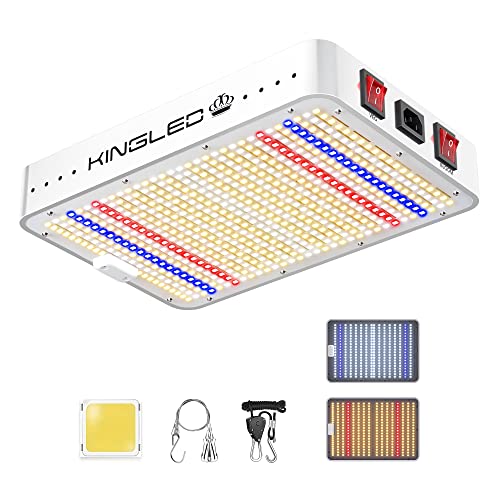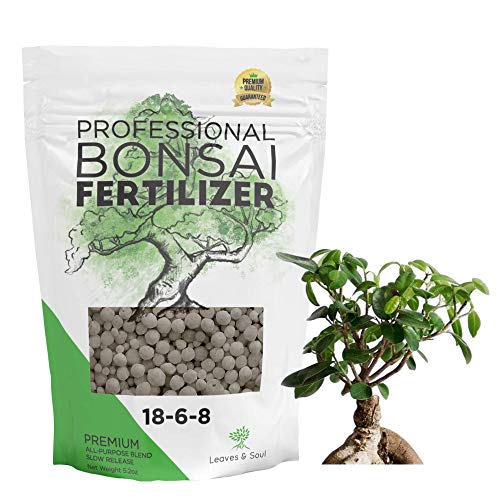There are several signs that your Bonsai tree is dying or already dead. Being well-informed on how to take care of your plant will help you avoid this unfortunate situation. However, no matter how careful you are, some things can still affect the plant's health. Would you like to know if your Bonsai tree is dead and what causes that? We have researched this question to bring you the answers.
Discoloration, unusual leaf patterns, root abnormalities, or brittle branches are some signs that there is a problem with your Bonsai tree, and there is a possibility that it is dying or already dead. Checking the appearance of the tree and the roots will help you determine the condition of your plant.
Are you still worried your Bonsai tree is already dead? Would you like to know more about how to take care of the dwarf tree? Continue reading through this post because we wrote down the information you need.
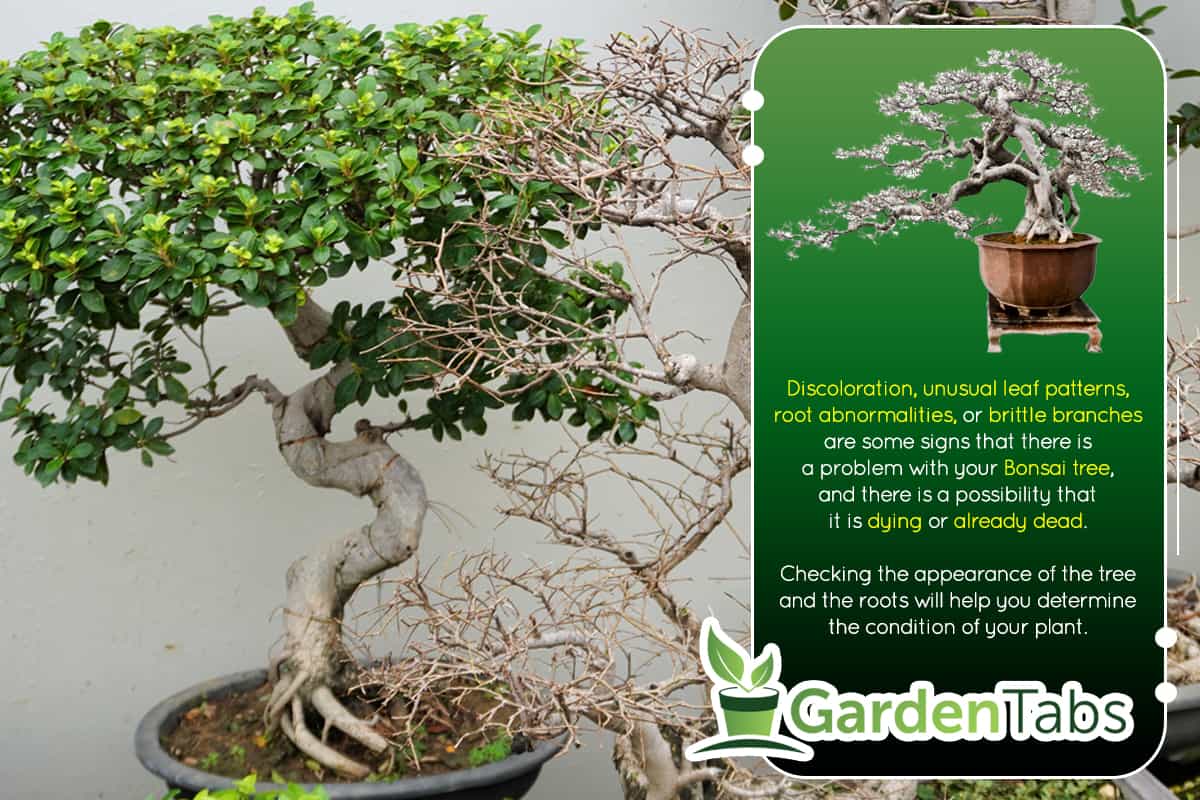
Warning Signs That Your Bonsai Tree Is Dead
You can tell that your Bonsai tree is dying or dead if you see one or a combination of these signs:
The Branches Are Brittle
Gently pressure on the thinnest twig to test your Bonsai tree. It won't break easily and will bend if it is healthy. You can also try the brittleness of larger branches. If the dead twig produced a sharp snap noise from a gentle press, it's a dying plant.
Loss Of Foliage
Dropping leaves is a sign of sick plants because they take nutrients from the sun and water to sustain energy. If the leaves are shedding, there is no way to supply the nutrients to the tree. Healthy leaves do shed but not often. Check if your Bonsai receives enough light, water, nutrients, and humidity. Also, ensure that it is pest-free. These are one of the most important things you should regularly monitor.
There Are Odd Leaf Patterns
If odd patterns appear on the plant's foliage and you are unfamiliar with them, it could be a sign of fungal infections, and these fungi can affect the patterns on foliage.
Signs Of Discoloration
The discoloration is not a sign of a dead Bonsai tree but an early sign that something is wrong with any tree. The color variation on any plant is normal, but if your Bonsai tree's leaves are all turning pale, that is already a sign that it is sick and something isn't right.
There Are Dead Wood In The Trunk
You can test your Bonsai tree's trunk. Slightly scratch the bark using your fingernail, and you should quickly see fresh green wood, which means it is alive. Do the testing if you think something is wrong with your Bonsai because a scratch will leave a permanent marking on the trunk.
Abnormalities On The Roots
Different Bonsai trees have individual root features, but their similarities are firmness and enough dryness of the roots. They should be moist if you just watered them, but they should be dry.
Is Your Bonsai Dead?
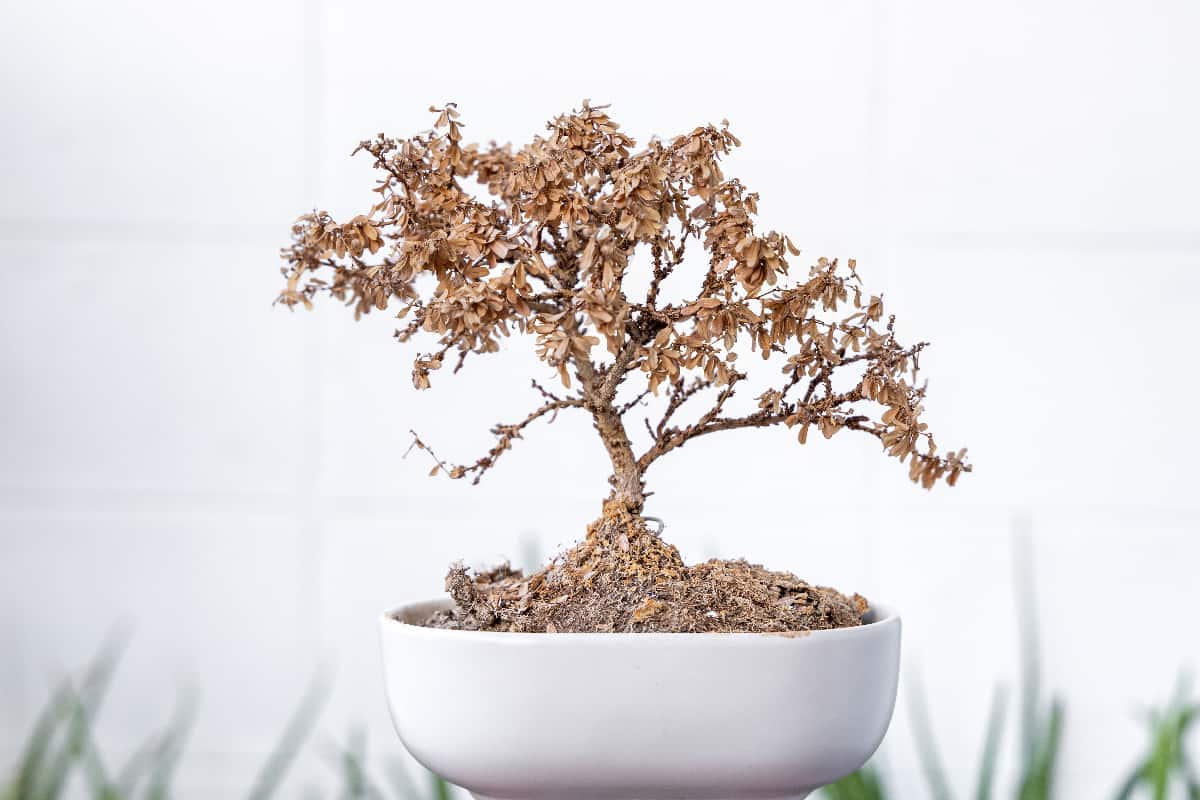
Plants produce cambium beneath the barks. If the barks are green, then they are alive. Scratch the top layer of the bark using your fingernail to see the cambium layer. If you don't see anything, there is something wrong with your bonsai tree.
Can You Save A Dead Bonsai Tree?
If the roots have dried out and there are no signs of life, then there is no way to save the Bonsai tree. If there is still some moisture on the root system, you can still keep it alive by applying the proper method such as watering, food feeding, weeding, warmth from the sun, and ensuring it is pest-free.
How Do You Care For Bonsai Tree?
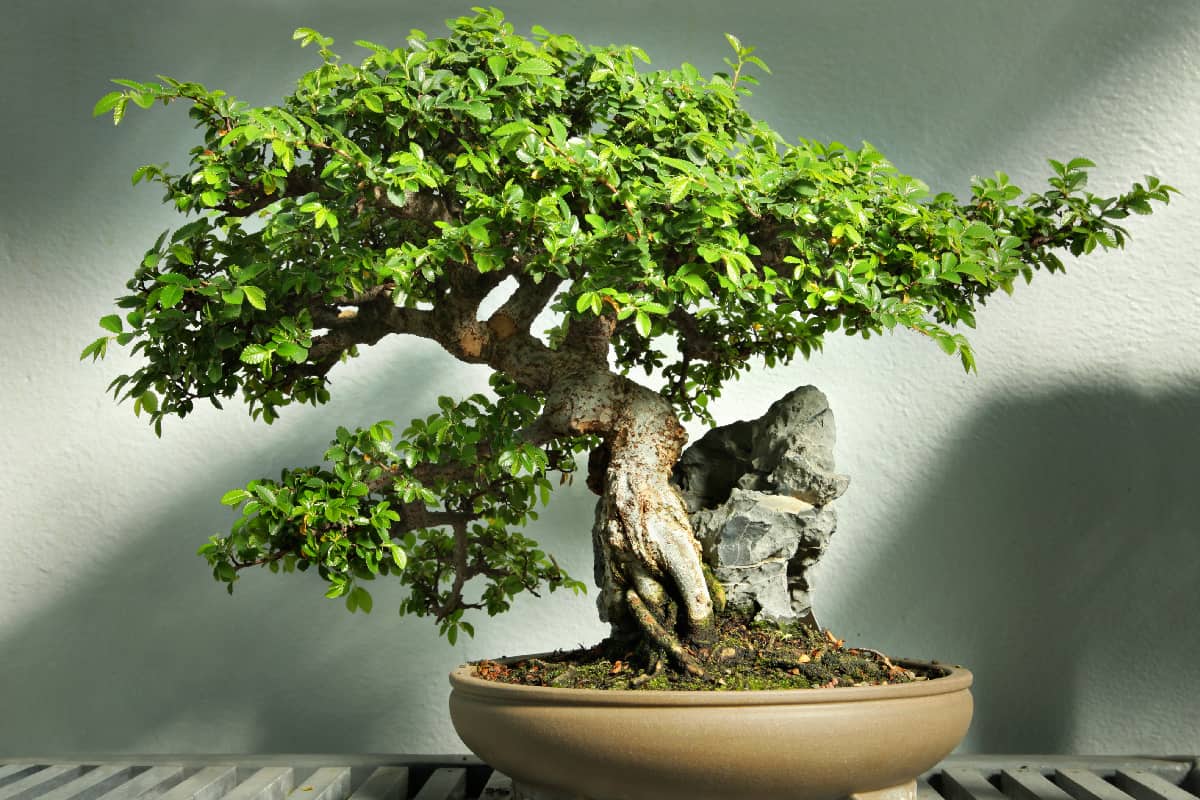
Listed are some things you need to look out for in caring for a Bonsai tree.
Check The Roots
One of the most important things to monitor in a Bonsai tree is the roots because they are the power source. The rooting system is sometimes overlooked because it is hidden under the soil, but it is crucial in plants' lives and must give extra care regularly.
Does Your Bonsai Tree Indoor Or Outdoor?
Before doing anything, check if your Bonsai tree is an indoor or outdoor plant because they have different needs. Indoor Bonsai trees need more attention than outdoor ones.
Enough Sunlight
Plants need enough sunlight for photosynthesis for their food, respiration, and energy. Most Bonsai trees need enough sunlight to survive, whether they are indoor or outdoor plants. However, winter is a challenge to get ample sunlight. You can use Grow Lights to give warmth to your plants.
Click here to check Grow Lights on Amazon.
Indoor Bonsai trees need a daily temperature of 64 to 75 degrees Fahrenheit and 57 to 60 degrees Fahrenheit every night.
Moist Soil
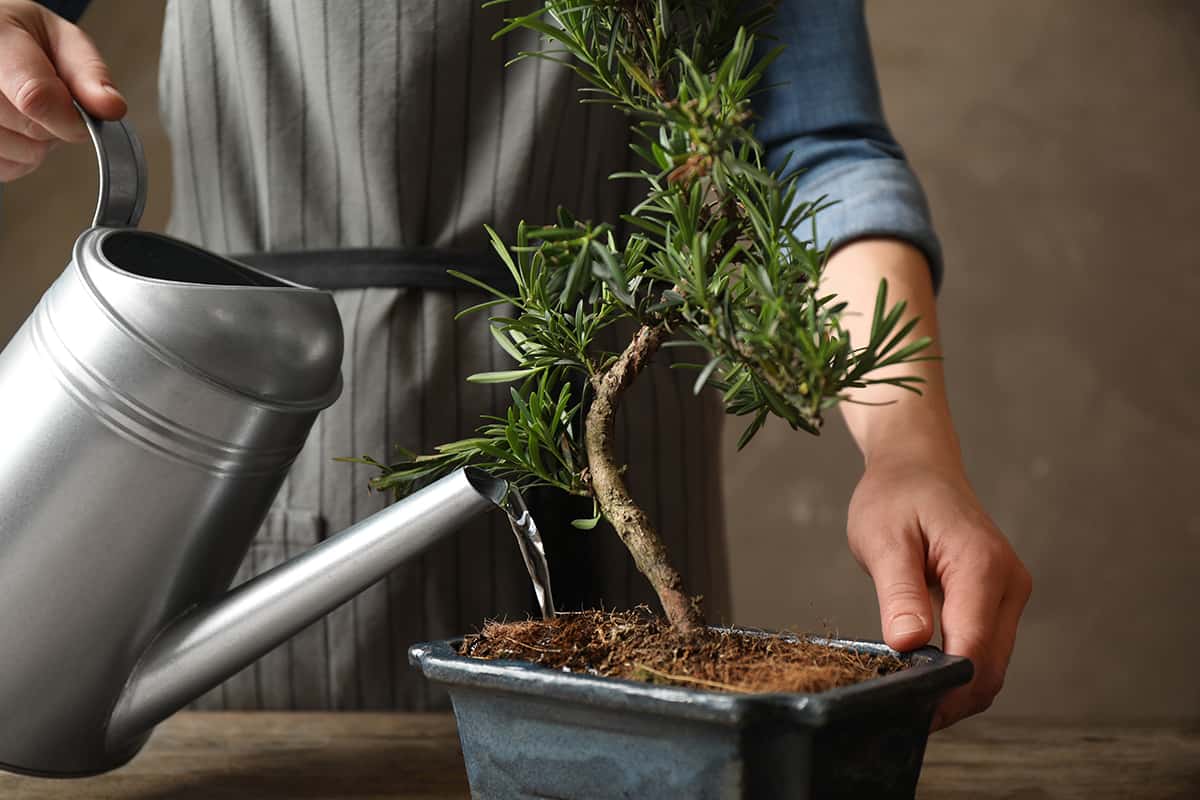
Keep your Bonsai tree moist. Some need daily watering while others need it every two or three weeks. Research the water requirement of your Bonsai tree.
Re-pot every 2 to 3 Years

To keep your indoor Bonsai tree healthy, you need to transfer it to a new pot every 2 to 3 years, or it could be frequent depending on how fast your tree grows. The container should be 2/3 of the height of the Bonsai tree.
Fertilize
Bonsai trees need a mixture with equal parts of akadama, pumice, and lava rock for good drainage. Soggy soil is prone to fungus, molds, and root rot, so drainage is essential to keep your Bonsai tree healthy.
Best Fertilizers For Bonsai
Bonsai tree needs fertilizers, and we have listed a list of some best specially made for Bonsai trees.
All-Purpose Bonzai Fertilizer
All-purpose fertilizer has a lot of micronutrients that stimulate plant root growth. It is easy to use, and it won't burn roots. The results are also quick. Apply once a month to improve the health of the tree.
Click here to check All Purpose Fertilizer on Amazon.
Leaves and Soul Bonsai Fertilizer
This Bonsai fertilizer is a perfect blend of nutrients to help your tree grow healthy. One application of fertilizer will last up to 180 days. It suits all types of Bonsai trees.
Click here to check Bonsai Fertilizer on Amazon.
Bonsai Fertilizer Pellets
This fertilizer is perfect for live Bonsai trees. It provides enrichment for up to 1 year. Best to apply for all types of live indoor and outdoor plants for optimal health.
Click here to check Fertilizer Pellets on Amazon.
Slow Release Plant Food Pellets For Bonsai
Your Bonsai tree will grow confidently as this fertilizer has essential micronutrients that gently feed the roots, trunk, and branches.
Click here to check Plant Food Pellets on Amazon.
Organic Liquid Fertilizer For Bonsai
This liquid fertilizer uses all-natural ingredients. This organic fertilizer is formulated for indoor and outdoor plants like Juniper, Ginseng, Jade, Ficus, Bamboo, and other dwarf trees. It will keep them strong and well-fed in all seasons.
Click here to check Organic Liquid Fertilizer on Amazon.
Best Soil Mix For Bonsai
Aside from fertilizer, the Bonsai tree needs healthy soil to grow well. We have listed some of the best soil mixes for the Bonsai tree.
Bonsai All Purpose Mix
Bonsai All Purpose Mix is a fast-draining potting soil mix, providing roots with ph balance, optimal drainage, water retention, and nutrients. This mix provides the ideal balance of moisture and air while sustaining nutrients.
Click here to check All Purpose Mix on Amazon.
Tinyroots Bonsai Soil Mix
Bonsai soil mix retains moisture and provides thorough draining of water. Formulated with compost mulch, vermiculite, flit, and calcined clay. Beginners can use this soil mix because it is ready to use.
Click here to check Bonsai Soil Mix on Amazon.
Perfect Plants Organic Bonsai Soil
Organic Bonsai soil has great water control and drains excess water. This soil mix is perfect for Conifers including Redwoods, Juniper, Pine Trees, and Cedars.
Click here to check Organic Bonsai Soil on Amazon.
Bonsai Jack Universal Organic Soil
This organic soil mix is formulated for water absorption, evaporation, pH balance, and bulk density. It is ready to use for all types of Bonsai trees.
Click here to check Universal Organic Soil on Amazon.
Bonsai Soil Premium All Purpose Blend
This premium soil mix provides nourishment to support the growth of all types of Bonsai trees. It enhances fertilizer absorption and gives aeration to the roots. This Bonsai soil mix can hold an ample amount of moisture for the plant's needs.
Click here to check Premium All Purpose Blend on Amazon.
Summary
Knowing how to take care of the Bonsai tree takes a bit of work. Errors can still happen while you learn through the process of learning. But seeing your Bonsai tree healthy and growing is already a reward for the effort and care you give your tree.
To learn more about the Bonsai tree, you may read these posts:

